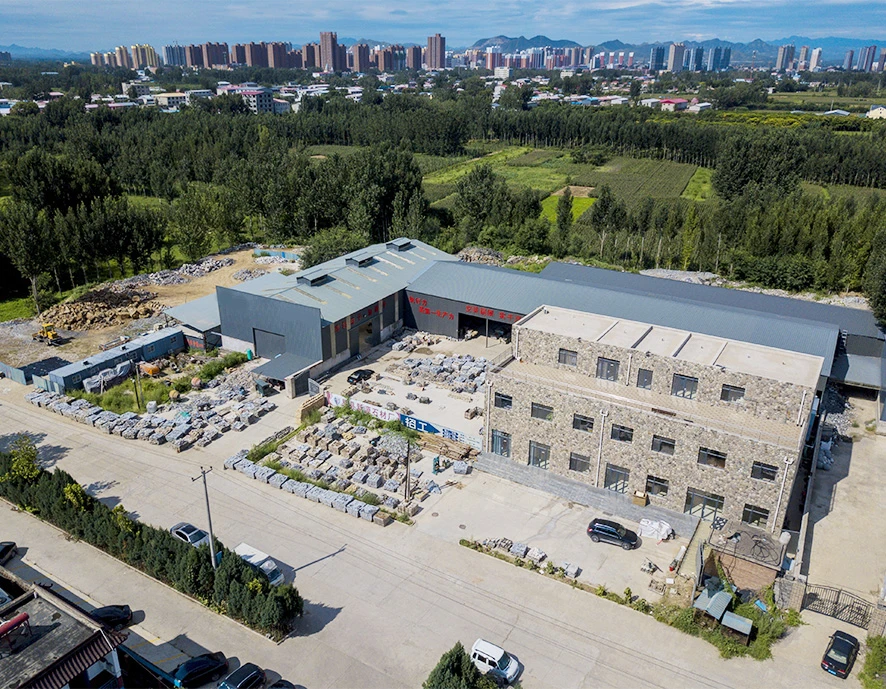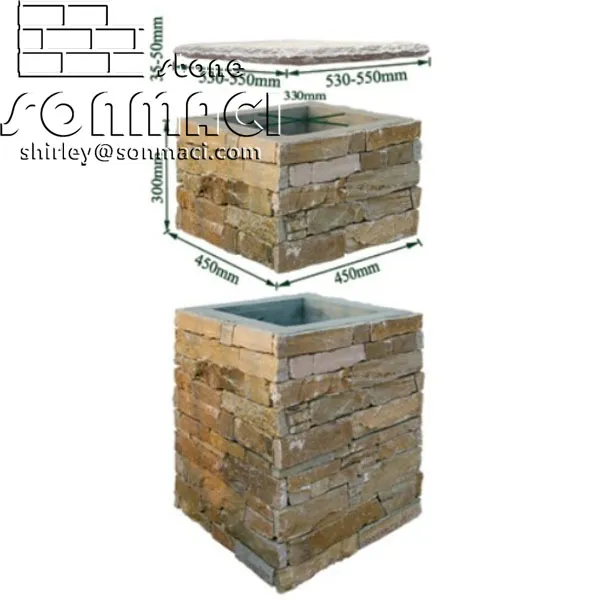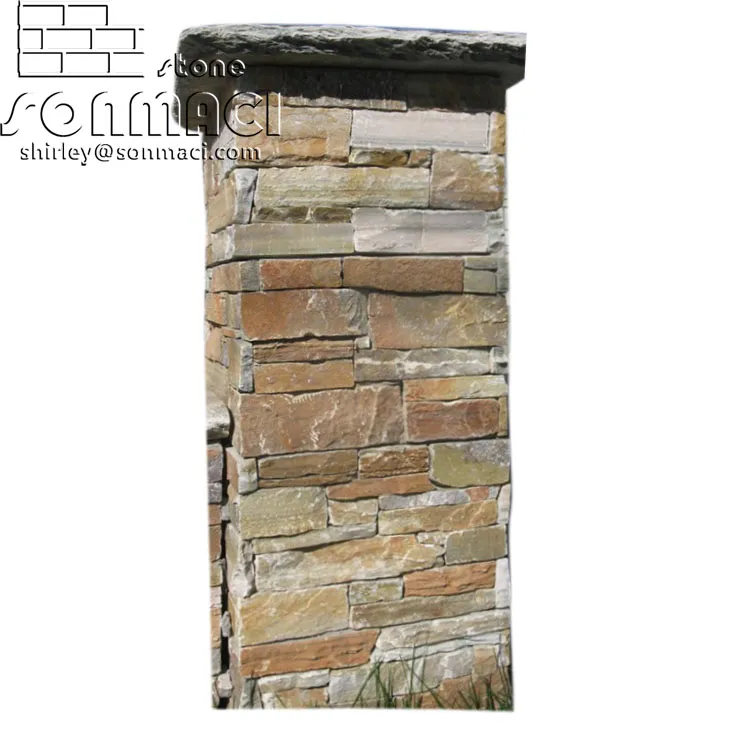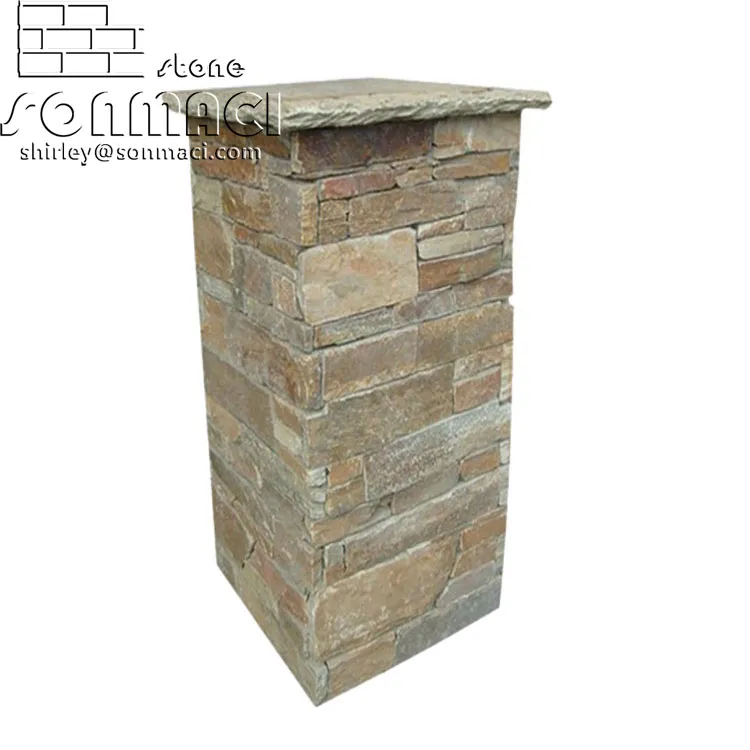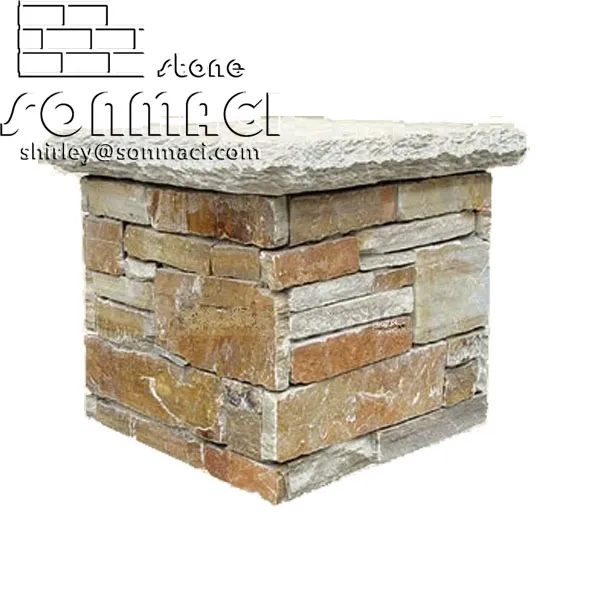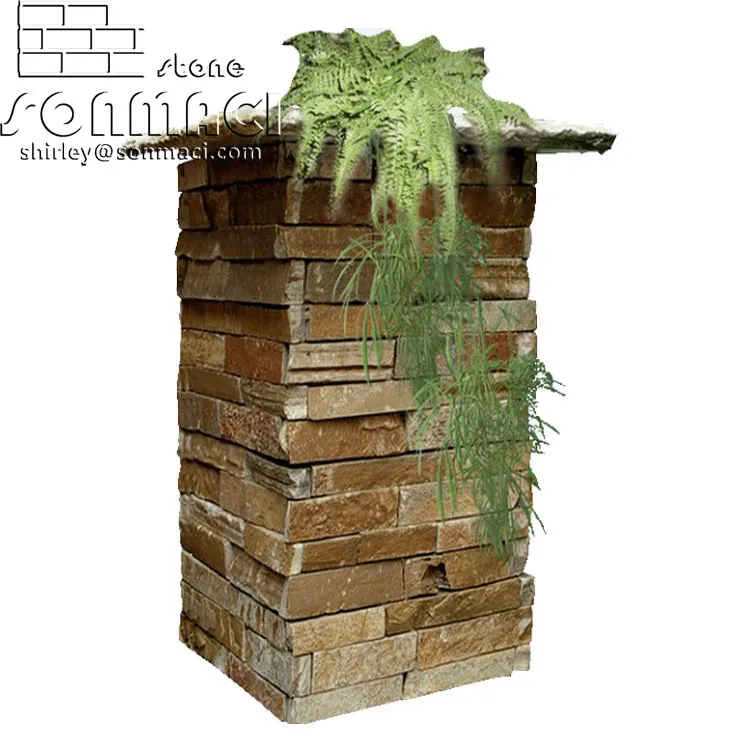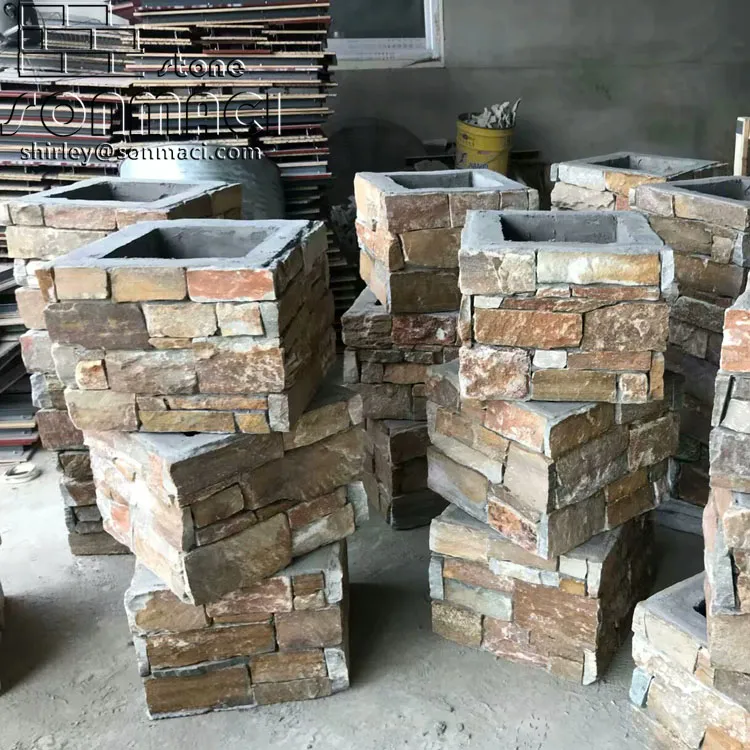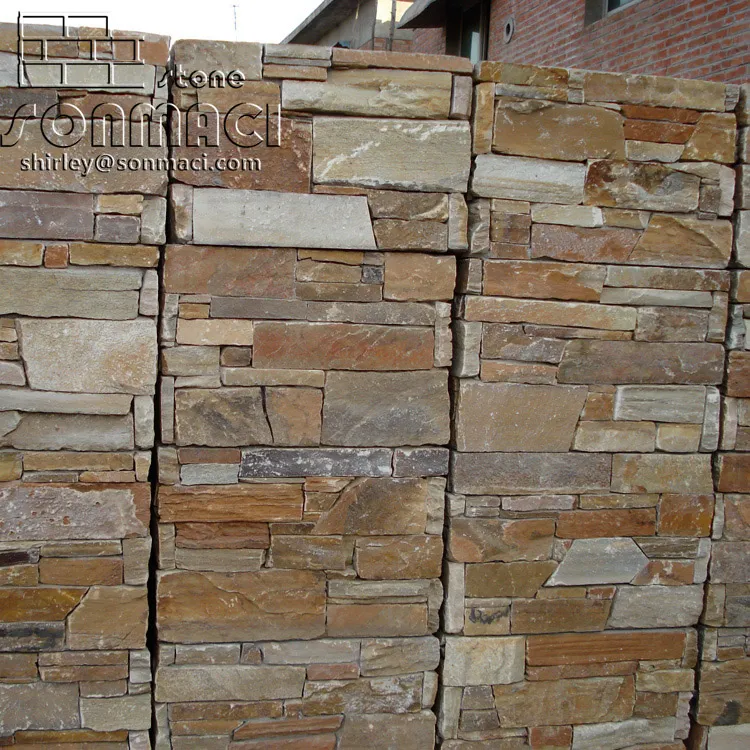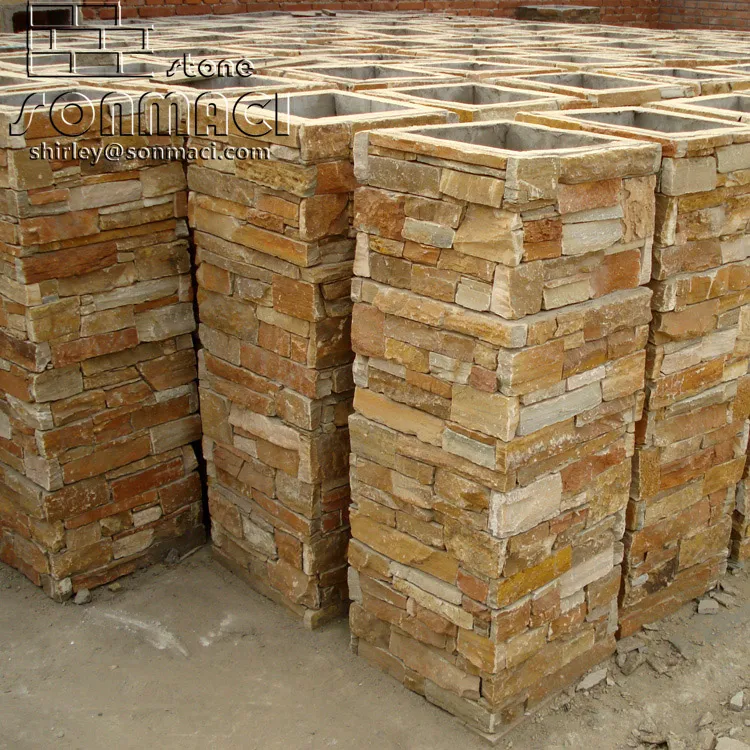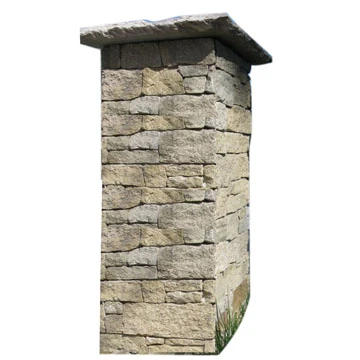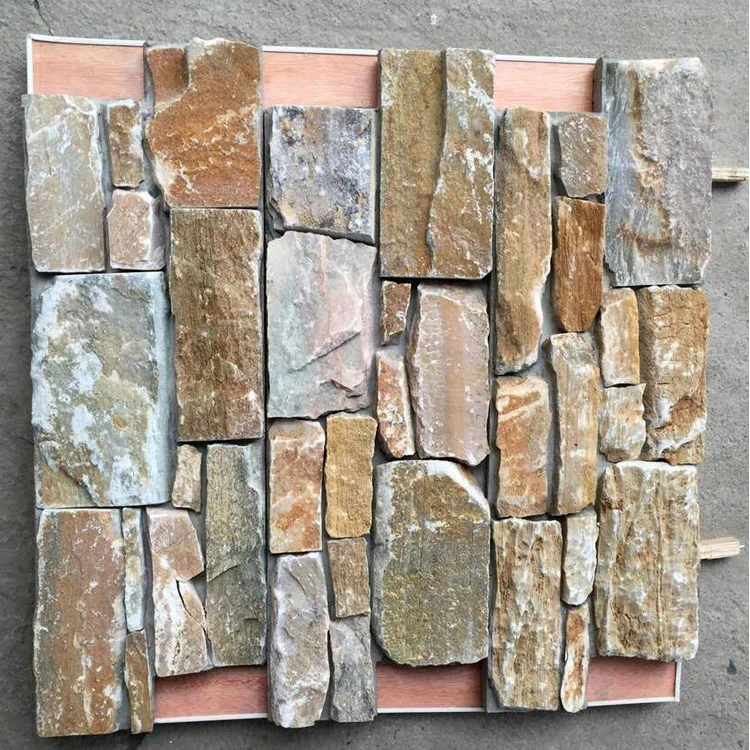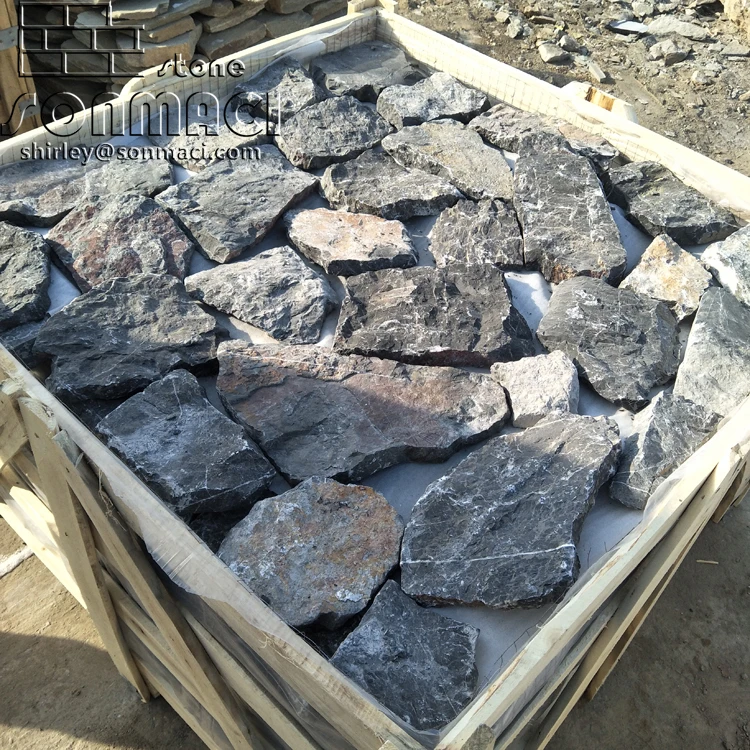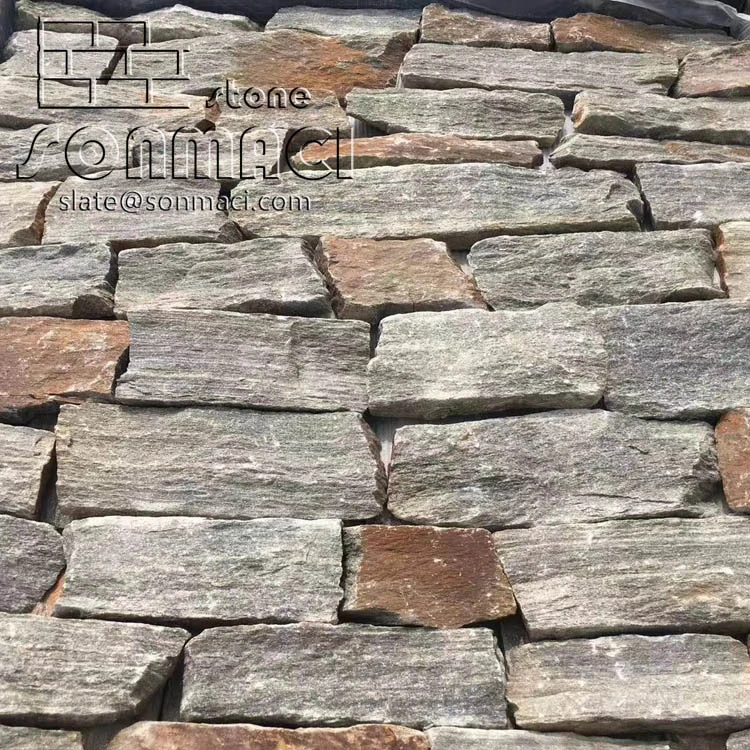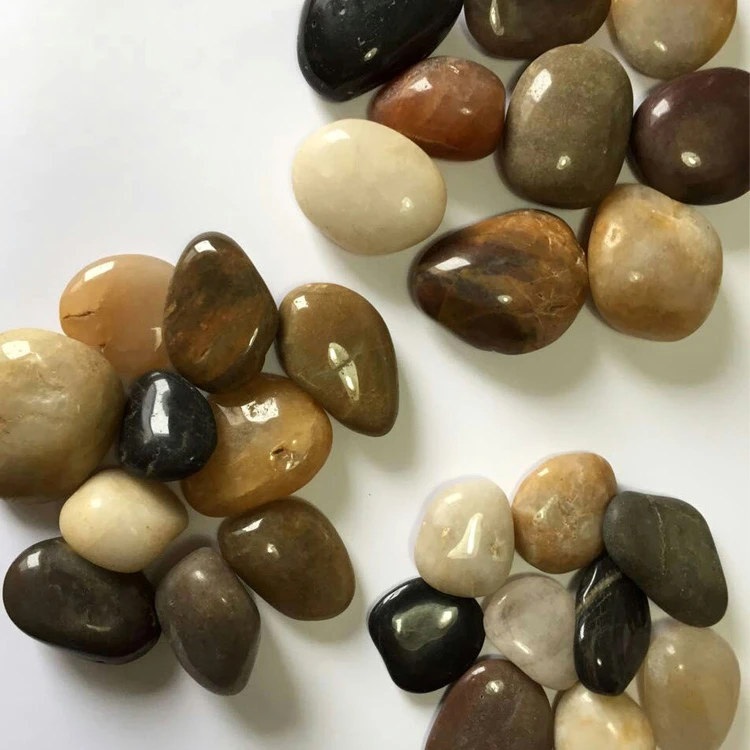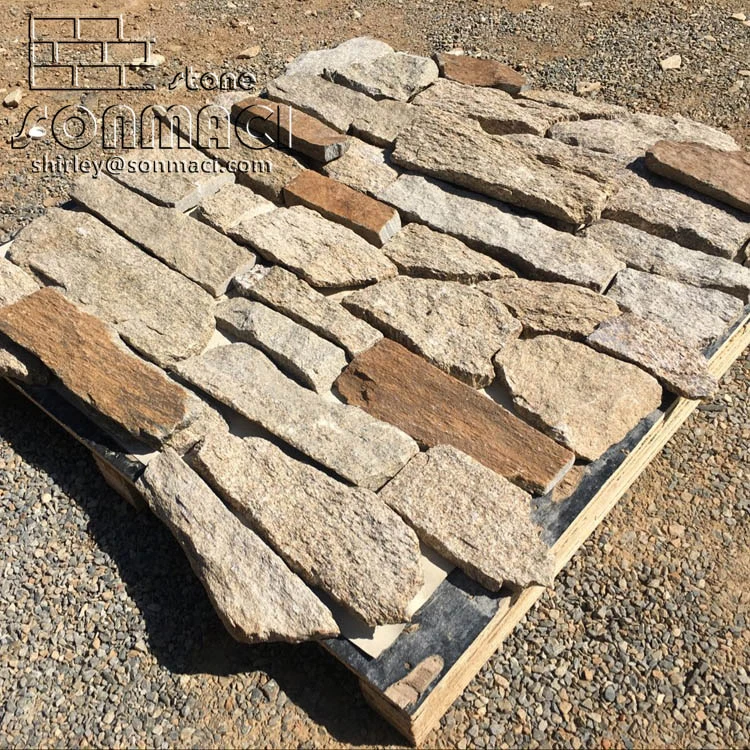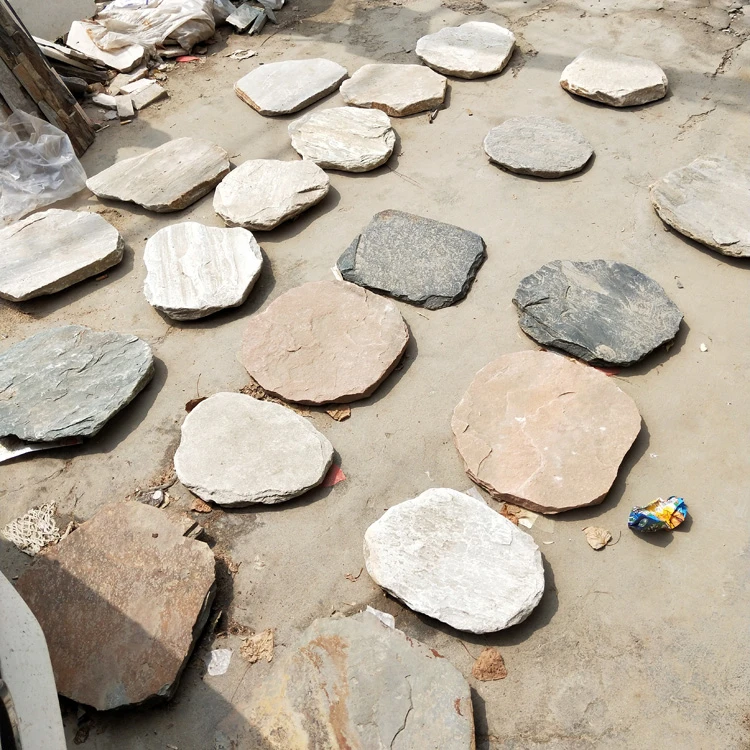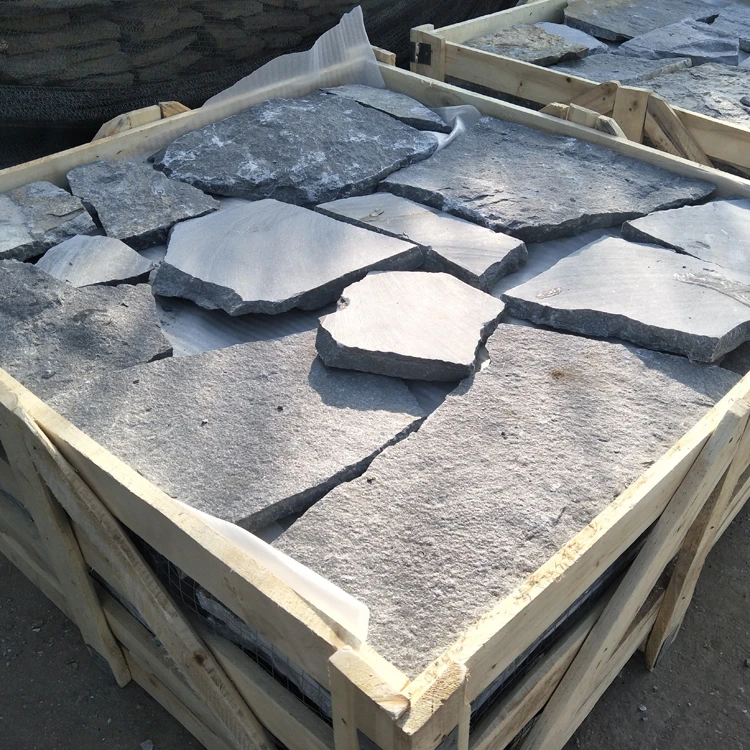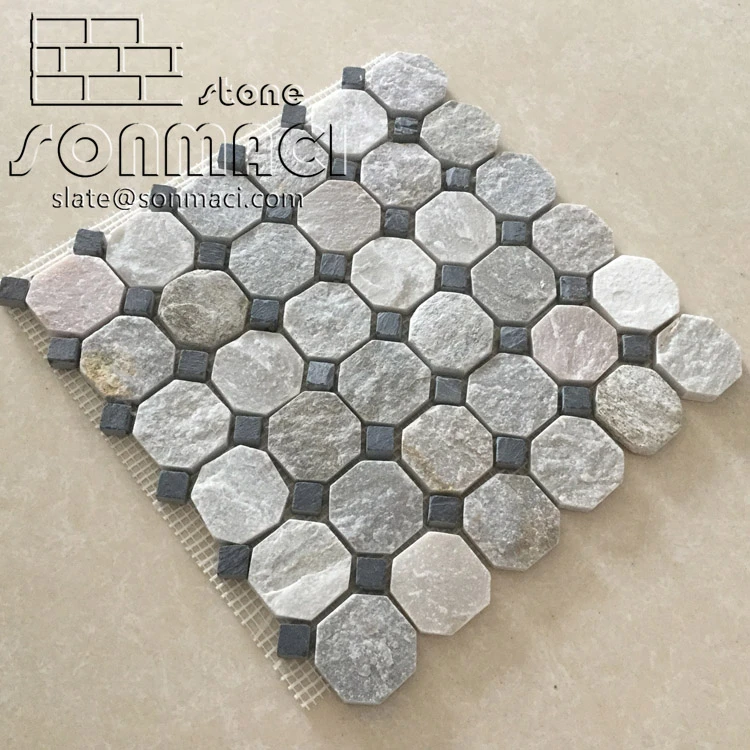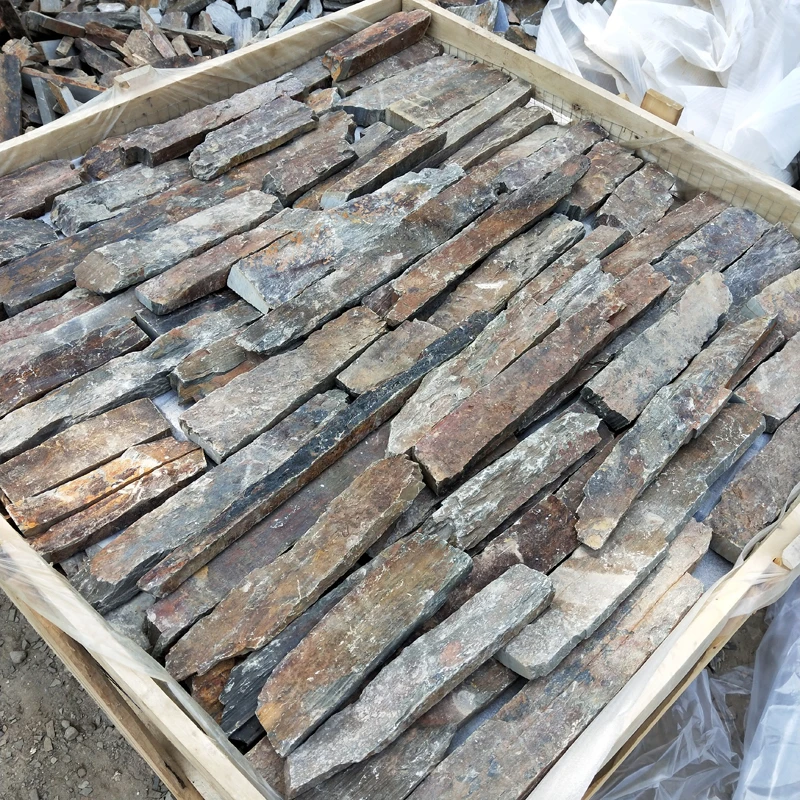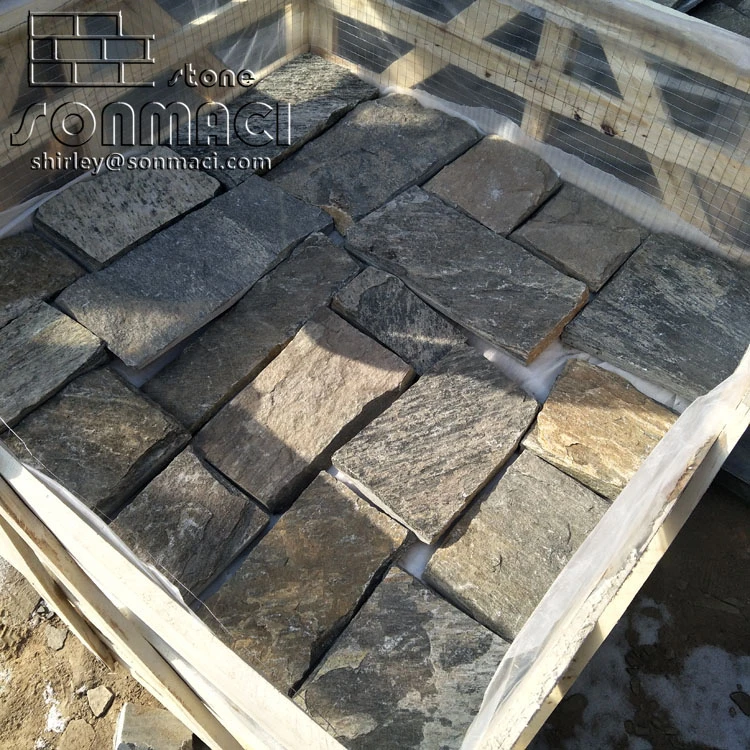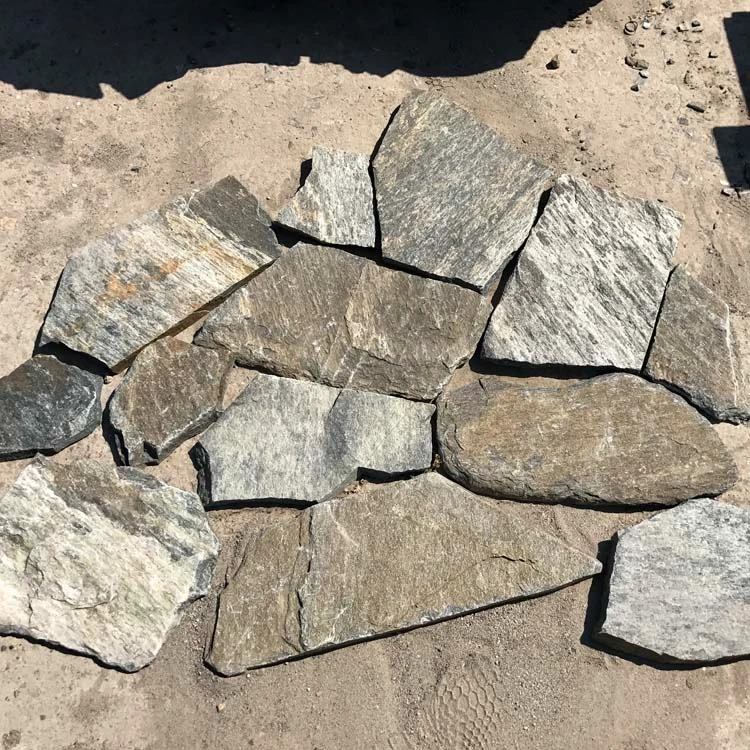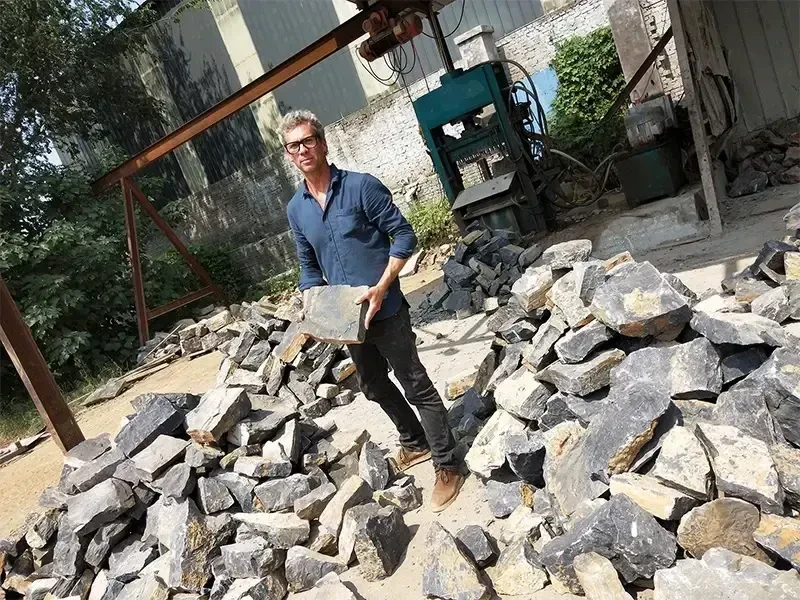Natural Decorative Yellow Stone Slate Pillar
| Item | Natural Decorative Yellow Stone Slate Pillar |
| Material | slate / marble and other stone |
| Color | white /green/black/Rusty and more available |
| Surface Finish | Natural. |
| Regular Size | 45*45*30cm |
| Feature | Riched veins, solid texture and bright colors, low water absorption,Resist acid,light,fire and coldness. |
| Usage | For home and garden decoration. |
| Quality Assurance | Our factory deal with Slate Stone products for over 13 years, with rich experience to control best quality. |
| Packing | 12pcs/crate 32crates/20GP 384PCS/20GP |
| Loading Port | TIANJIN |
| Payment Item | 30% T/T in advance and 70% balance at once against the copy of B/L |
| Delivery Time | 15 days for one 20 FCL after receive the deposit |
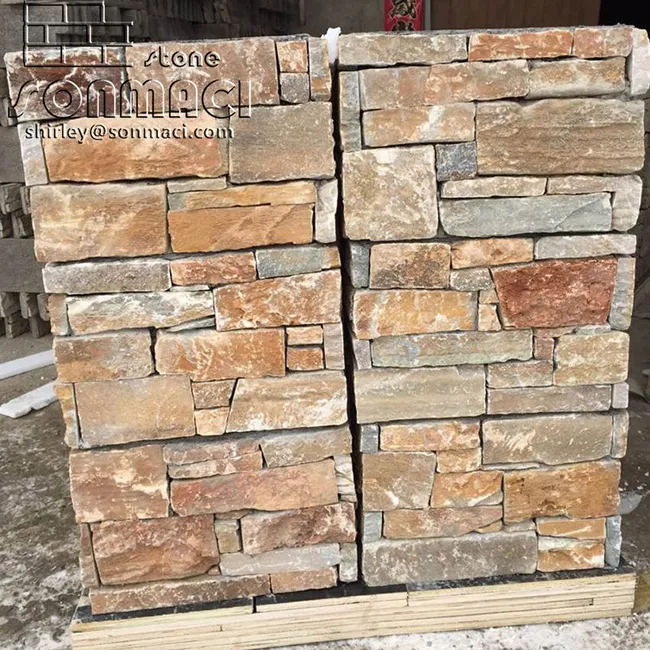
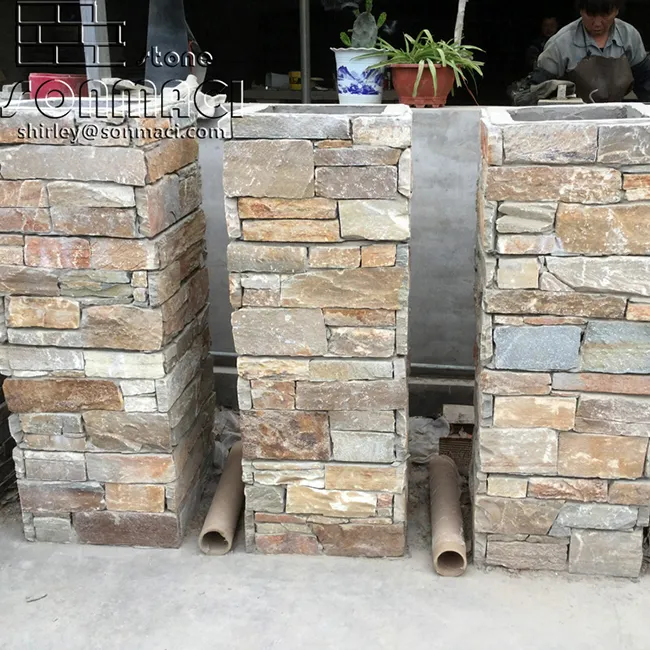
The Enduring Appeal of Slate Stone Pillars in Architectural Design
Slate stone pillars stand as timeless testaments to the marriage of natural beauty and structural integrity, offering a unique combination of aesthetic elegance and practical durability that few building materials can match. These geological marvels bring the earth's ancient narrative into contemporary spaces while providing solutions to modern architectural challenges. The inherent qualities of slate—formed through millennia of compression and heat—translate into pillars that serve as both load-bearing supports and striking design elements, capable of elevating structures from merely functional to profoundly expressive.
The visual character of slate pillars stems from the stone's distinctive cleavage and rich mineral composition. Each pillar tells a story through its subtle color variations—ranging from deep charcoal grays to hints of green, purple, or rust—that shift subtly with changing light conditions. Unlike uniform concrete or manufactured columns, slate pillars celebrate natural imperfections; their textured surfaces catch light differently throughout the day, creating dynamic plays of shadow and highlight that make architectural spaces feel alive. This organic quality allows slate pillars to bridge design styles effortlessly, appearing equally at home in rustic settings where they might flank a countryside gateway, or in urban environments where they add warmth to sleek modern facades.
Structural advantages make slate pillars particularly valuable in demanding applications. The stone's metamorphic origins gift it with exceptional compressive strength, allowing relatively slender pillars to support significant loads without sacrificing elegance. Slate's natural layering provides inherent stability along the grain, while its density resists weathering far better than many sedimentary alternatives. These properties enable slate pillars to perform beautifully both as interior architectural features and as exterior elements exposed to harsh climates. Their thermal mass qualities contribute to energy efficiency in buildings, slowly absorbing and releasing heat to moderate temperature fluctuations—a passive benefit that enhances sustainability.
The dimensional stability of properly quarried slate makes it uniquely suited for precision pillar construction. Unlike some stones that may warp or check over time, quality slate maintains its form through decades of environmental exposure. This reliability proves invaluable for structural applications where settling or movement could compromise integrity. The stone's natural resistance to water absorption prevents the freeze-thaw damage that plagues more porous materials, while its non-reactive surface withstands pollution and acid rain in urban settings without deteriorating. These characteristics combine to create pillars that require minimal maintenance while aging gracefully, developing a distinguished patina rather than showing signs of wear.
Environmental considerations position slate pillars as responsible choices in sustainable design. As a natural material requiring relatively minimal processing compared to manufactured alternatives, slate carries lower embodied energy from quarry to installation. Its durability ensures generations of service life, reducing the resource depletion caused by frequent replacements. Many slate quarries practice responsible land rehabilitation, and the stone's regional availability in many parts of the world decreases transportation impacts. These ecological benefits align with green building standards while delivering aesthetic rewards that synthetic materials struggle to match.
